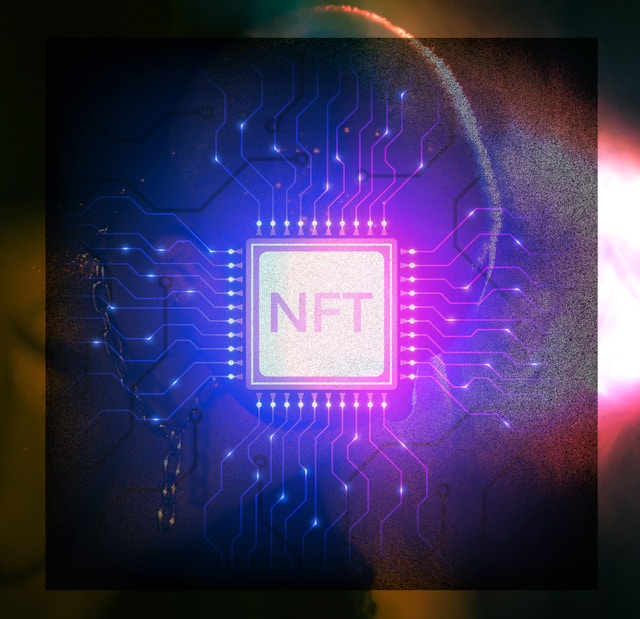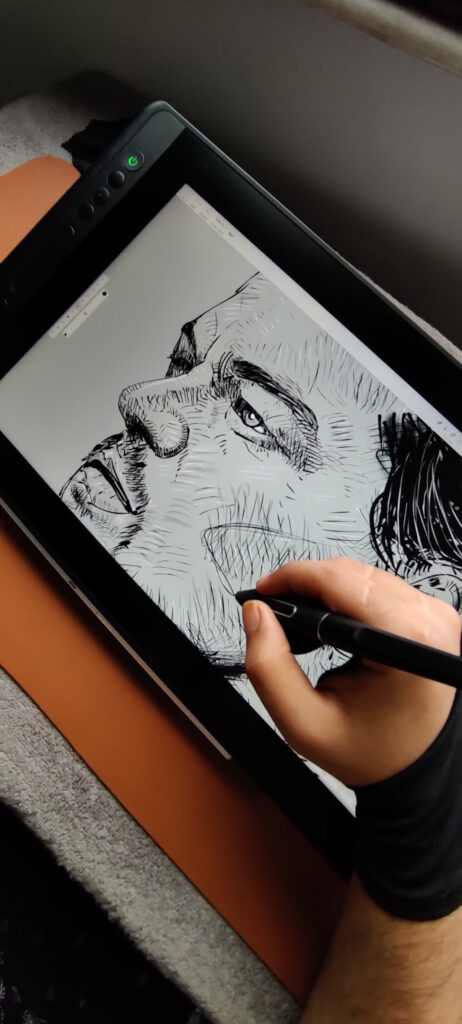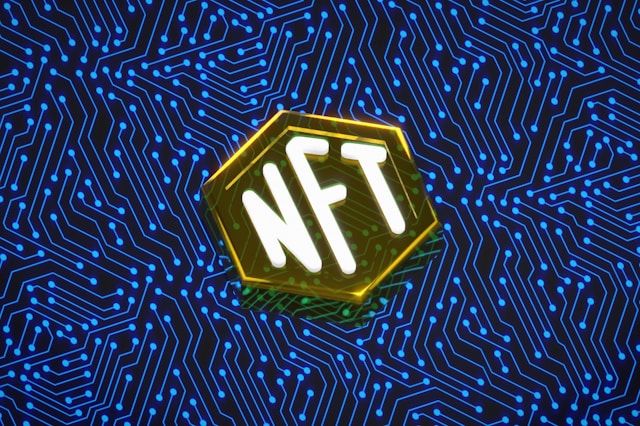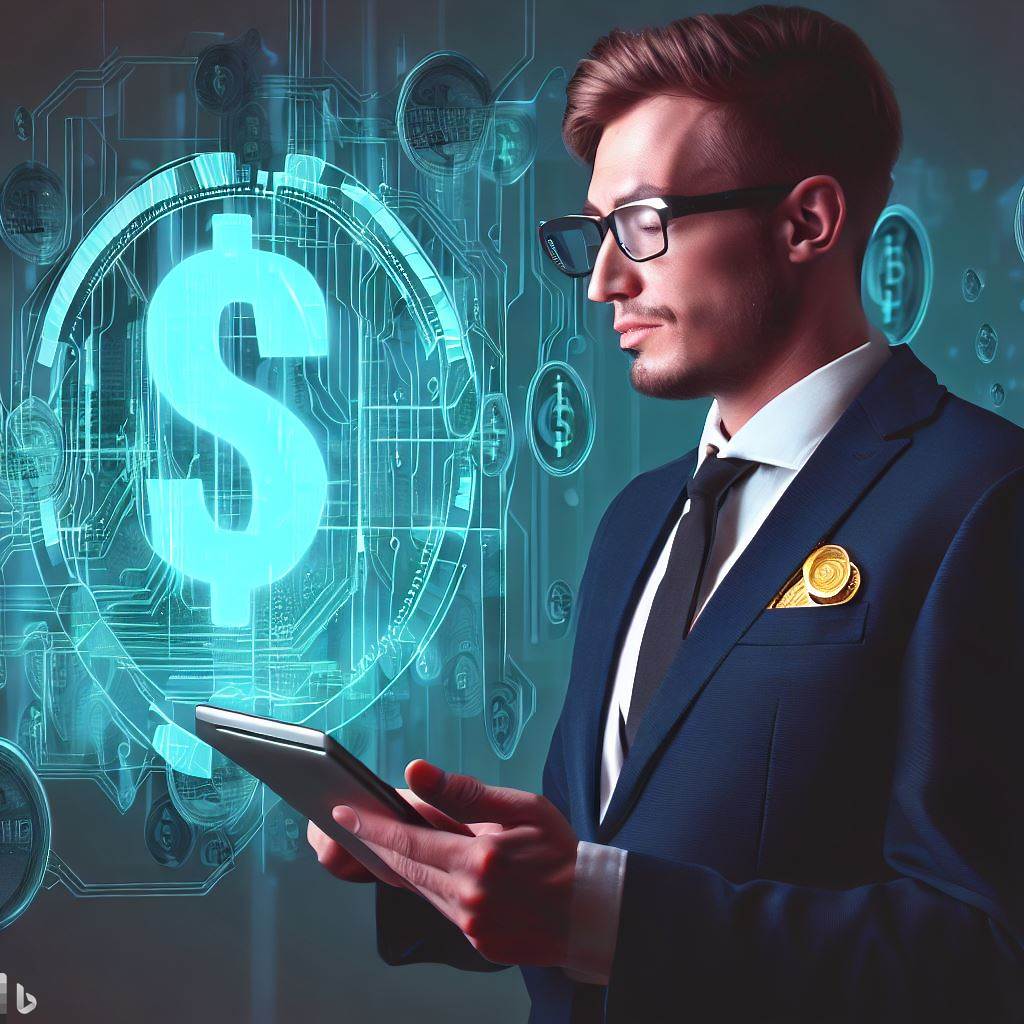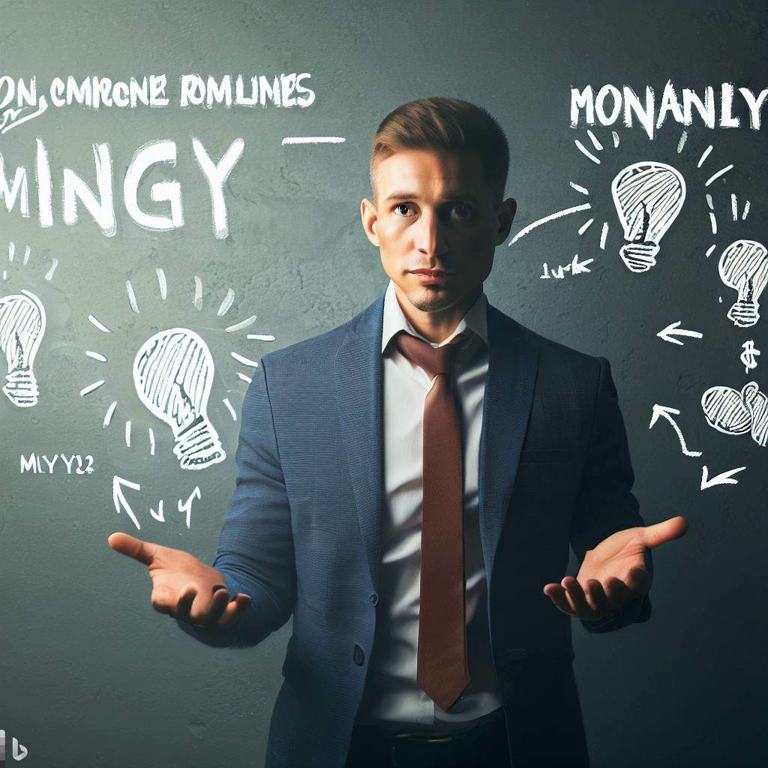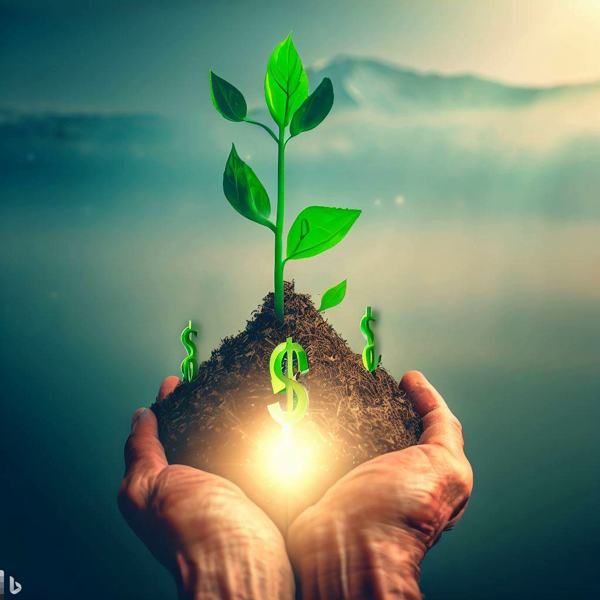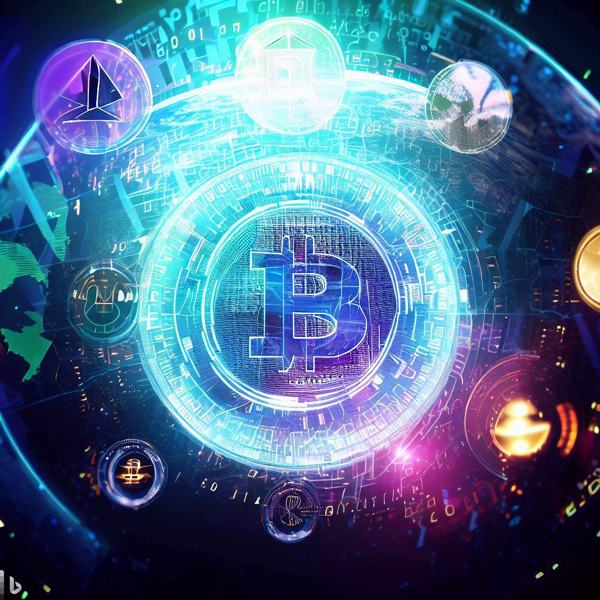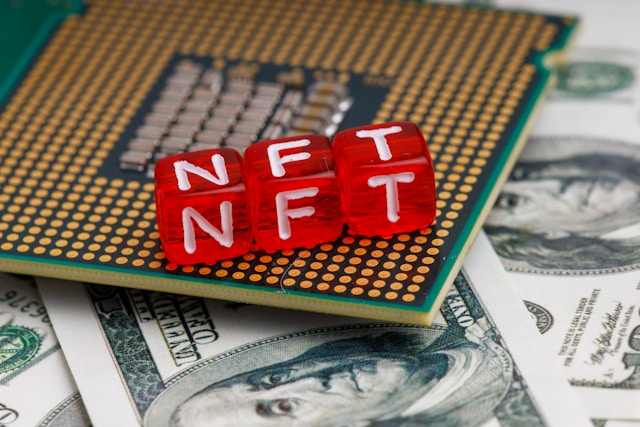
- June 27, 2024
- August Prosper
- 0
Introduction
In the ever-evolving landscape of technology and finance, few phenomena have captured the public imagination quite like the explosion of Non-Fungible Tokens (NFTs). At the heart of this digital gold rush lies a particularly intriguing subset: digital art NFTs. These unique tokens have turned the art world on its head, enabling digital artists to sell their work for millions of dollars and leaving many scratching their heads in confusion.
The concept of digital art is not new. Artists have been creating stunning visual pieces using digital tools for decades. However, the ability to assign unique ownership to these digital creations through blockchain technology has revolutionized the way we perceive and value digital art. This blog post delves into the fascinating world of NFT mania, exploring its origins, impact on the art world, the technology behind it, and the controversies it has sparked.
Join us as we unravel the complexities of this digital art revolution, attempting to make sense of a phenomenon that has both excited and baffled the world in equal measure.
The Rise of NFTs: From CryptoKitties to Beeple
The story of NFTs and digital art is one of rapid ascension from niche curiosity to mainstream phenomenon. To understand how we arrived at a point where a piece of digital art could sell for $69 million, we need to trace the evolution of NFTs from their humble beginnings.
- CryptoKitties: The Genesis The NFT craze can be traced back to 2017 with the launch of CryptoKitties, a blockchain-based game that allowed users to buy, sell, and breed virtual cats. Each CryptoKitty was unique and owned by a specific user, demonstrating the core concept of NFTs: digital scarcity and provable ownership.
- Early Adopters in the Art World As the potential of NFTs became apparent, digital artists began to explore this new medium. Platforms like SuperRare, Rarible, and OpenSea emerged, providing marketplaces for artists to mint and sell their digital creations as NFTs.
- The Beeple Boom The turning point came in March 2021 when digital artist Mike Winkelmann, known as Beeple, sold his NFT artwork “Everydays: The First 5000 Days” for a staggering $69.3 million at Christie’s auction house. This sale catapulted NFTs and digital art into the mainstream consciousness, sparking a frenzy of interest and investment.
- Celebrity Endorsements The Beeple sale opened the floodgates. Suddenly, celebrities and public figures were minting their own NFTs. Musicians like Grimes and Kings of Leon released music as NFTs, while Twitter CEO Jack Dorsey sold his first tweet as an NFT for $2.9 million.
This rapid rise of NFTs transformed the landscape of digital art overnight. Artists who had been creating digital works for years suddenly found a new way to monetize their creations, while collectors saw an opportunity to own unique pieces of digital history.
Understanding the Technology: Blockchain, Tokens, and Digital Scarcity
To grasp the NFT phenomenon and its impact on digital art, it’s crucial to understand the underlying technology. At its core, an NFT is a unique digital certificate of ownership for a specific item or piece of content, recorded on a blockchain.
- Blockchain Basics A blockchain is a decentralized, digital ledger that records transactions across a network of computers. Each “block” in the chain contains a number of transactions, and once completed, it’s added to the chain chronologically. This creates an immutable record that can’t be altered without consensus from the network.
- What Makes NFTs Non-Fungible? Unlike cryptocurrencies such as Bitcoin, where each unit is interchangeable (fungible), NFTs are unique (non-fungible). Each NFT has a distinct value and cannot be exchanged on a like-for-like basis. This uniqueness is what makes NFTs ideal for representing ownership of digital art.
- Digital Scarcity In the digital world, where copying files is trivially easy, NFTs introduce the concept of digital scarcity. While anyone can view or download a digital artwork, the NFT represents unique ownership of that piece. It’s akin to how anyone can buy a print of the Mona Lisa, but only the Louvre owns the original.
- Smart Contracts Many NFTs are part of smart contracts, particularly on the Ethereum blockchain. These are self-executing contracts with the terms of the agreement directly written into code. For digital art, this can include provisions for royalties to the original artist on secondary sales.
Understanding this technology is key to grasping why digital art NFTs have become so valuable. The blockchain provides a transparent, verifiable record of ownership and provenance, solving the problem of authenticity that has long plagued digital creations.
The Impact on the Art World: Democratization and Disruption
The rise of NFTs has sent shockwaves through the traditional art world, challenging established norms and opening up new possibilities for artists and collectors alike. This digital art revolution has brought both positive changes and contentious debates.
- Democratization of Art NFTs have lowered the barriers to entry for many artists. Digital creators who previously struggled to monetize their work can now sell directly to collectors without the need for galleries or auction houses. This has led to a more diverse range of artists finding success and recognition.
- New Revenue Streams Smart contracts embedded in NFTs can ensure that artists receive royalties on secondary sales of their work, something that’s often difficult to achieve with physical art. This ongoing revenue stream has the potential to provide more sustainable income for artists.
- Challenging Traditional Valuation The astronomical prices paid for some NFTs have forced the art world to reconsider how it values digital creations. The intangible nature of digital art, combined with the scarcity introduced by NFTs, has created a new paradigm for art valuation.
- Environmental Concerns The energy consumption associated with blockchain technology, particularly Ethereum, has raised environmental concerns. Many artists and collectors are grappling with the ecological impact of creating and trading NFTs.
- Questions of Ownership and Copyright The concept of owning a digital file that can be easily copied has sparked debates about what ownership truly means in the digital age. Additionally, issues of copyright infringement have arisen, with some bad actors minting NFTs of artwork they don’t own.
The impact of NFTs on the art world extends beyond just digital art. Traditional galleries and auction houses are adapting to this new reality, with many now offering NFTs alongside physical artworks. This blending of the digital and physical art worlds is likely to continue, reshaping the landscape of art creation, collection, and curation.
The Criticism and Controversies: Bubbles, Scams, and Environmental Concerns
While NFTs have opened up exciting new possibilities in the world of digital art, they have also been the subject of intense criticism and controversy. As with any rapidly emerging technology, especially one involving significant financial speculation, NFTs have faced scrutiny from various quarters.
- Bubble Fears Many economists and market analysts have warned that the NFT market, particularly for digital art, shows signs of a speculative bubble. The astronomical prices paid for some NFTs, often far exceeding the perceived value of the underlying artwork, have fueled concerns about market sustainability.
- Scams and Fraud The NFT space has seen its fair share of scams. These range from artists having their work stolen and minted as NFTs without their permission, to elaborate “rug pull” schemes where developers abandon a project after collecting investor funds. The pseudonymous nature of many blockchain transactions can make it difficult to hold bad actors accountable.
- Environmental Impact Perhaps the most persistent criticism of NFTs relates to their environmental impact. The Ethereum blockchain, where most NFTs are minted and traded, uses a proof-of-work consensus mechanism that consumes significant energy. While there are plans to transition to a more energy-efficient system, the current environmental cost of NFTs remains a major concern.
- Market Manipulation There have been accusations of market manipulation in the NFT space, including “wash trading” where an individual or group buys and sells the same NFT to artificially inflate its value or create the appearance of demand.
- Accessibility and Inequality While NFTs have democratized art creation in some ways, critics argue that they have also created new forms of inequality. The high costs associated with minting and trading NFTs, as well as the technical knowledge required, can exclude many artists and potential collectors.
- Long-term Value and Preservation Questions remain about the long-term value and preservation of NFTs. What happens if the platforms hosting the digital art disappear? How can we ensure that NFTs remain accessible and valuable in the long term?
These controversies have led to ongoing debates about the future of NFTs and digital art. While supporters argue that many of these issues will be resolved as the technology matures, critics contend that the fundamental problems with NFTs may limit their long-term viability and impact on the art world.
Conclusion
The NFT mania that has gripped the world of digital art represents a fascinating intersection of technology, finance, and creativity. From the early days of CryptoKitties to multi-million dollar sales at prestigious auction houses, NFTs have undeniably transformed the landscape of digital art. They’ve challenged our perceptions of ownership, value, and authenticity in the digital realm, opening up new possibilities for artists and collectors alike.
However, as with any revolutionary technology, NFTs come with their share of controversies and challenges. The environmental impact, concerns about market speculation, and issues of accessibility are all significant hurdles that the NFT community must address for the technology to achieve long-term sustainability and acceptance.
Despite these challenges, the impact of NFTs on digital art is undeniable. They’ve brought unprecedented attention to digital creators, challenged traditional art world hierarchies, and forced us to reconsider what it means to “own” a digital asset. As the technology evolves and matures, it’s likely that we’ll see continued innovation in how NFTs are created, traded, and integrated into the broader art world.
Whether you’re an artist, collector, or simply an interested observer, the world of NFT digital art offers a fascinating glimpse into the future of creativity and ownership in the digital age.


